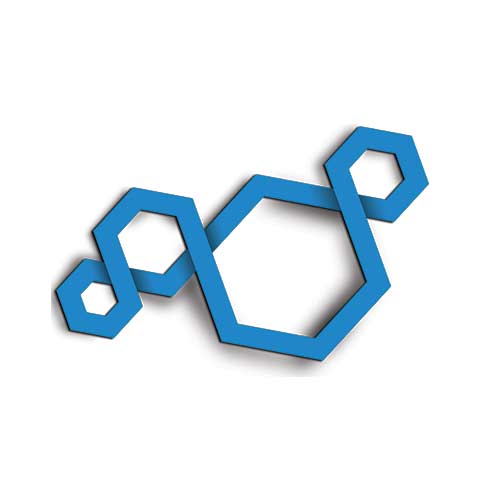IDC White Paper Highlights Trends in Field Service Management Market
“Field Service Excellence Drives Enhanced Customer Experiences and Outcomes,” a recently released IDC white paper sponsored by ServicePower, examines...
3 min read
 ServicePower
:
April 04, 2023
ServicePower
:
April 04, 2023

Delivering enhanced and quality outcomes to customers is a moving target for many organizations today. However, businesses within the field service industry can implement strategic actions such as better planning and visibility to overcome these challenges, according to “Field Service Excellence Drives Enhanced Customer Experiences and Outcomes” an IDC white paper sponsored by ServicePower.
The IDC report examined key trends in the field service management industry by conducting a study of 200-plus service and manufacturing companies across North America and Europe. The report provides insights on challenges, changes, technologies deployed, and opportunities impacting field service organizations.
Among the key findings, the IDC report uncovered and examined how the dynamic nature of field service demand requires better planning and visibility today.
In this post, we’ll take a closer look at the challenges faced and how organizations can adopt strategies and deploy innovative field service management (FSM) technologies.
Evolving Obstacles
Organizations within the field service industry face a myriad of challenges, including higher customer expectations, economic fluctuations, retention of contractors, and visibility into quality work. Service demand is difficult to plan for especially as networks, products, equipment, assets, workforces, and customer expectations become more complex. Historical and siloed data alone will not tell the whole story.
Field service businesses lack visibility into quality work, customers, and their workforce – whether full-time or blended. For example, some organizations don’t have visibility into whether or not work orders have been resolved or if quality customer experiences have been delivered.
Meanwhile, contractors often support multiple brands, businesses, and not a single OEM. Dispatchers and schedulers need to account for this detail because they don’t own the contractors’ schedules, unlike those of their in-house field technicians. Requesting contractors’ availability with limited insights into the rest of their competitive day could lead to delayed rejection of the work order or unmet SLAs.
Trends and the Future of Field Service
Historically, showing up within a predefined customer window was good enough to retain a customer, as they were bound to service contracts and limited options elsewhere. Today, that has changed. Today, technology and customer expectations have changed; in fact, most customers want to be updated on the exact time of the service or product delivery. They also want real-time status updates and the ability to communicate freely with the technician. Mobile technology and apps have helped drive this trend. Visibility is not just for the businesses but a demand from many customers.
The IDC report found that in the age of experience and digital economy, customers have more options for their share of wallet. Therefore, service organizations will need to be more agile, innovative, and collaborative. As the workforce (i.e. blended – employees and contractors) evolves, organizations need high visibility and planning into the performance to ensure quality customer experiences are delivered.
Showing up to the job is good, but resolving the issues on the first visit -- with the right parts, customer history, and interaction preference is the differentiator for companies.
Workforces need the right tools and technology
The IDC report found that higher or equal levels of quality outcomes can be delivered by contractors if they are equipped with mobile technology capabilities and insights to ensure there will not be an associated drop in service level agreement adherence. In short, that means companies who equip their blended workforce with the right tools and technology can position themselves for higher field excellence.
IDC research highlights SaaS cloud-based FSM applications help service teams along their technology journey and can adapt and evolve as customer demands evolve and work changes (see Figure).
Figure 5 - Insights at the Point of Service
Does your organization leverage a SaaS cloud-based field service management application today or plan to implement in the future?

More detailed insights
ServicePower has significant experience of working with organizations who deploy blended workforces. With ServicePower’s blended workforce solutions, companies can intelligently manage employed and contracted service providers. As mentioned, predictive maintenance is a strategy that deploys technologies to detect anomalies and possible defects in equipment. ServicePower leverages IoT solutions to provide high-quality predictive maintenance to help organizations stay proactive – and mitigate issues before they arise.
Looking for more IDC insights on how to augment your field service excellence?
Download the full “Field Service Excellence Drives Enhanced Customer Experiences and Outcomes” report for more analysis on this insight and the other key insights uncovered.

“Field Service Excellence Drives Enhanced Customer Experiences and Outcomes,” a recently released IDC white paper sponsored by ServicePower, examines...

Acceleration of blended field service workforce is required to meet the dynamic needs of the service organizations and helps drive field service...

Meeting a customer service-level agreement (SLA) is a necessary baseline for the success of an organization. However, delivering quality work is...